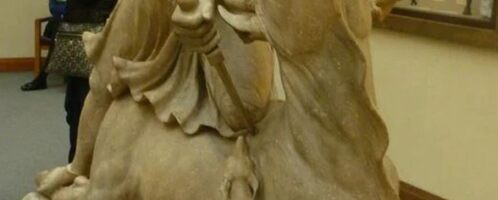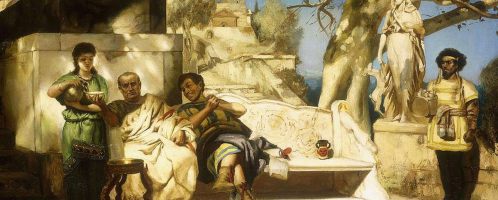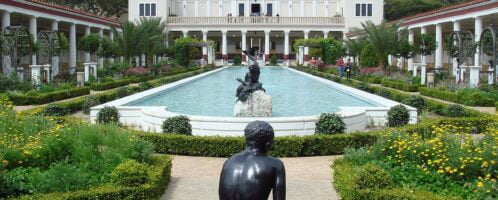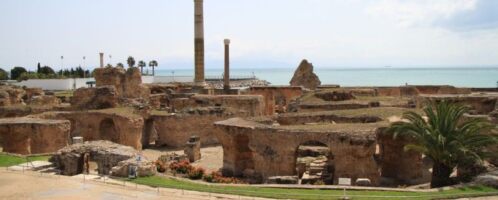Latrine as center of social life in ancient Rome
Rome – Roma Aeterna and caput mundi – The Eternal City and the “head of the world”. Who among us hasn’t heard of the capital of Italy? The city from which the ancient empire once grew, lives in the mass imagination and pop culture with images such as the Colosseum, the Trevi Fountain, Julius Caesar, or ancient ruins. Generally, all of these images can be thrown into a bag on which it is written: “magnificent, wonderful, monumental, timeless”. But would such issues as… toilets, poop, defecation fit into this bag? Not really, is it? It is not too popular a subject in terms of considerations on the magnificence of ancient Rome, which is a pity. One of the foundations of the empire, an indispensable element of its social fabric and a determinant of high development was the first such modern and advanced sewage and sanitation system in the world. In order to show you every aspect of life in the Roman Empire, I invite you on a trip through its not-so-smelly, but extremely important and interesting…side.











